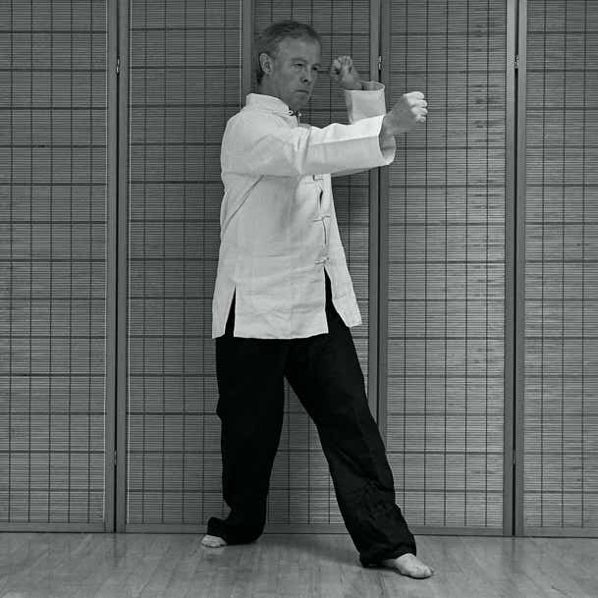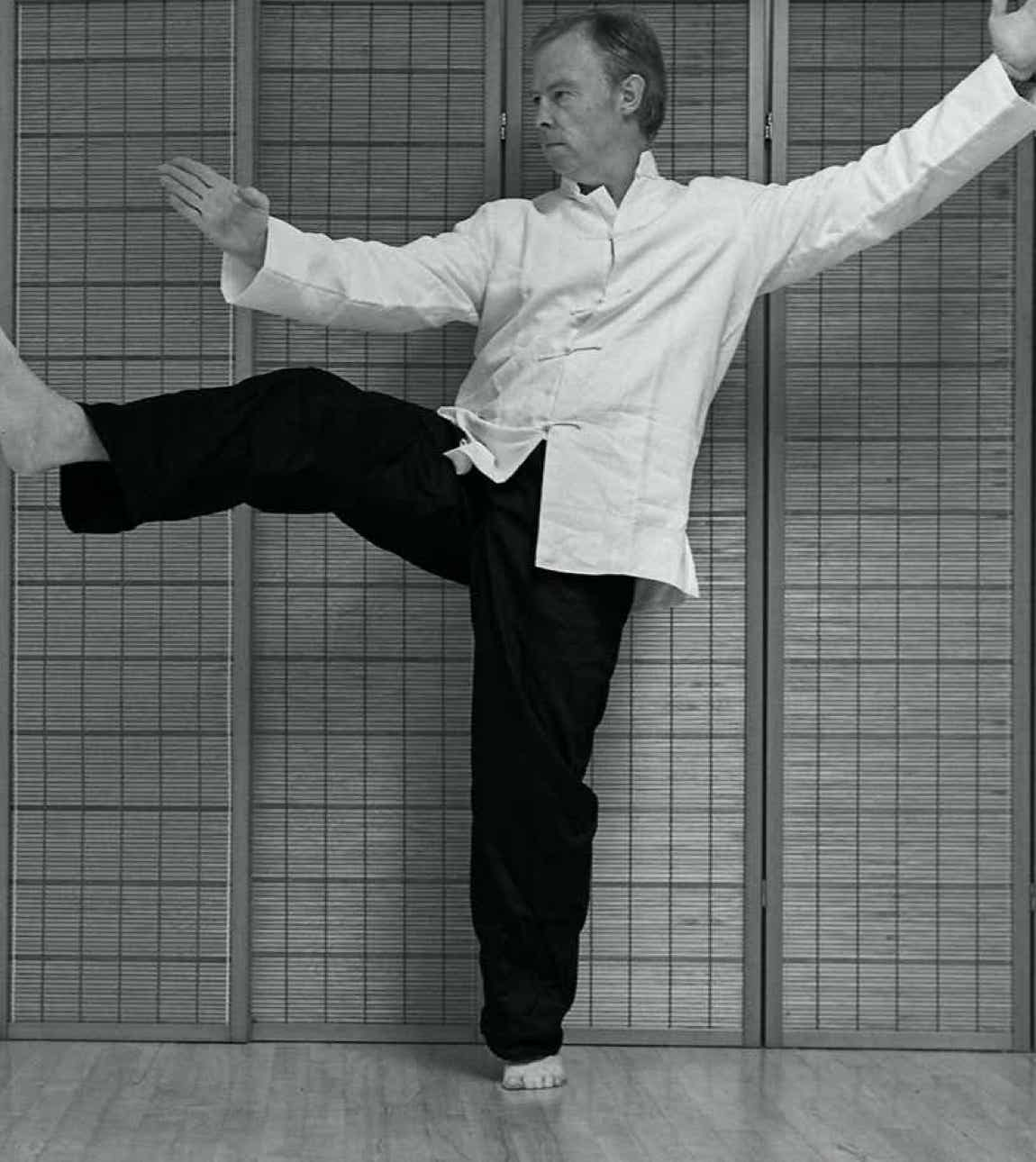
YuanYi QuanFa
Traditional Chinese Boxing



17/12/2023

Are you a form collector? I certainly was, over forty years of martial arts training it would be true to say that I’ve learned more than twenty forms, I regularly trained about sixteen or so over a period of about twenty years and studied in depth about twelve of those.
I ask the question because I’m working through a project to produce a series of training videos of the Tai Chi Long Form (TCLF), I did the main bulk of the filming a couple of years ago and then got distracted by other events in my life and the world in general and only recently resumed work on the project. As I worked on the editing I started to question why I was doing this and I really couldn’t come up with a good explanation. The reason for this is that over the last five years or so I’ve spent a lot of time and effort reducing the range of things that I practice.
Why would I teach, on-line or face to face, something that I spend little time doing myself? Having thought about it for a while I realised that I was doing it out of habit, when people talk about Tai Chi they are almost certainly thinking about the Slow Long Hand Form, that is what people associate with Tai Chi training. It is of course much more than that. My personal training form is much shorter (64 step) than the “traditional” 108 step forms (approximately) that I learned and trained for two decades and that are widely in current use.
When looking at form practice it’s useful to consider two questions; what forms are for and how did the forms that we now use evolve? Let’s address the second question first the evolution of the Tai Chi Long Form (TCLF).
The TCLF is, contrary to what you often read or are perhaps told, not an ancient art form. It is in fact, in historical terms, quite modern so not that “traditional” after all. If you read the biographies of the early master practitioners that emerged during the early part of the Chinese Republic period (1912 onwards) you will see that many of them are credited with the creation of the first versions of the modern forms that we know today. The following generations are then credited with “improving” the forms.
What exactly does “improving” mean? What little information that is given points to making forms smoother more elegant removing difficult moves, all in all making it a better performance art. This trend of “improving the forms” is quite understandable, Tai Chi had transitioned from being a part of a wider military curriculum to something more often performed with wealthy and educated civilians in the local city park. To give a clear example: (Wu) Chuan Yau the founder of the Wu style of Tai Chi was known for his skills on horseback and archery, both essential military skills. His son, Wu Chien Chuan was responsible for introducing the style to the general public and simplifying and standardising the form. Wu Chien Chuan was a close friend of Yang Chen Fu who did essentially the same modifications to the Yang family form at the same time.
Looking at the previously mentioned biographies of early practitioners we see time and time again the phrase “standardisation”, what can we learn from this? Well quite clearly, before the forms were standardised they were not standardised (obviously). So forms were much more varied in how they were trained and probably what techniques were in them. Anybody who has trained in other martial arts that use forms, Shaolin for example, will understand that most forms are short and often focus on just one or two specific skill sets. It is also common for a teacher to direct students to focus on specific forms that contain skills that are suitable for that particular student’s body type.
For example one of the first forms I learned in Southern Shaolin was called (in English) Drilling Punch, it was a form that used Phoenix Eye fist only. It taught how to strike, where to strike and how to position yourself to use the strike. Done at even a moderately slow pace it took less than a minute to perform. But understanding the important detail that was held within an apparently simple form took much longer.
If we look for clues in Tai Chi’s history we see in early Chen family writing, references to six or more forms, these were lost when Chen style also transitioned to “Long Boxing” (an early name for Tai Chi). But six or so forms in many ways makes sense, that is a pretty normal number of forms that are contained within a Shaolin or Okinawan Karate training syllabus. If you look at the TCLF you can see that there are several points where the form could finish or start from, there are noticeable themes of techniques in different sections, for example all of the kicks occur in one segment, Parting Wild Horses Mane and Fair Lady Works Shuttles form another clear section. Both Parting Wild Horses Mane and Fair Lady focus on what is known as the “four corner” techniques, these are considered secondary to the primary four directions techniques of Peng Lu, Ji and An which feature repeatedly in grasping the bird’s tail and on other techniques and are more numerous in the early parts of the form. The latter section focuses on Lotus Leg sweeps, Snake Creeps Down and other trip / take down methods. In fact it’s very easy to split the TCLF into five or six thematic sections. So we can see that the TCLF starts with a focus on the four directions, moves into kicks, then onto the four corners and finally looks at take downs etc.
So it would appear that the “standardisation” of forms was putting these various elements into a fixed order, while removing difficult or unattractive moves. Part of this process involved linking the various techniques together with bits of choreography and in doing this much of the repetition that occurs in the TCLF was created and at the same time slightly concealed the technique themes that featured in various parts of the overall form. Deleting the repetitions and general choreography leaves you with around 64 moves.
Having looked at how the modern standardised forms evolved from something looser and more focused in content, next we can look at the other question; what are forms for? Or rather what were forms for then and what are they for now?

This website makes use of cookies. Please see our privacy policy for details.
OK